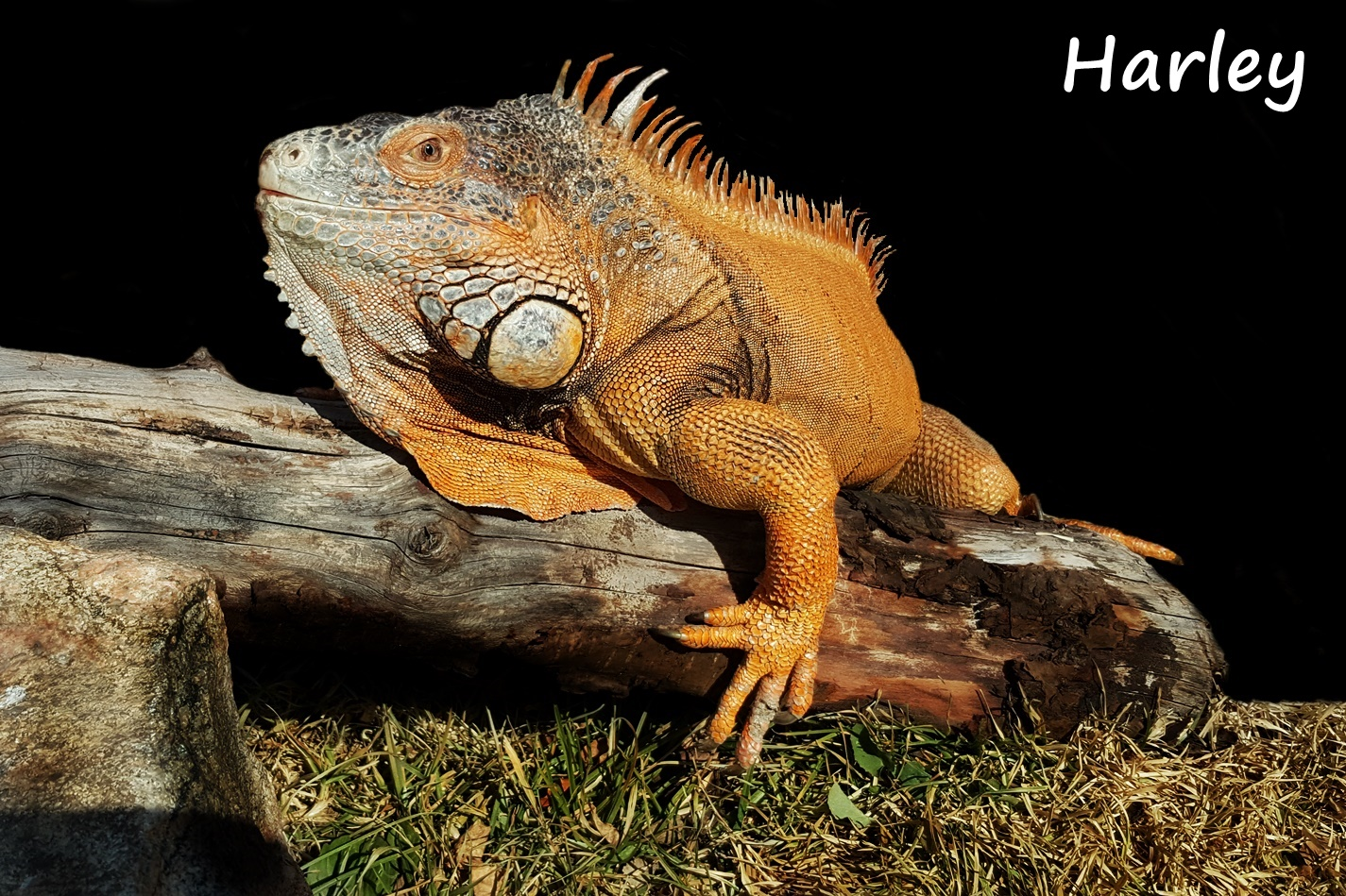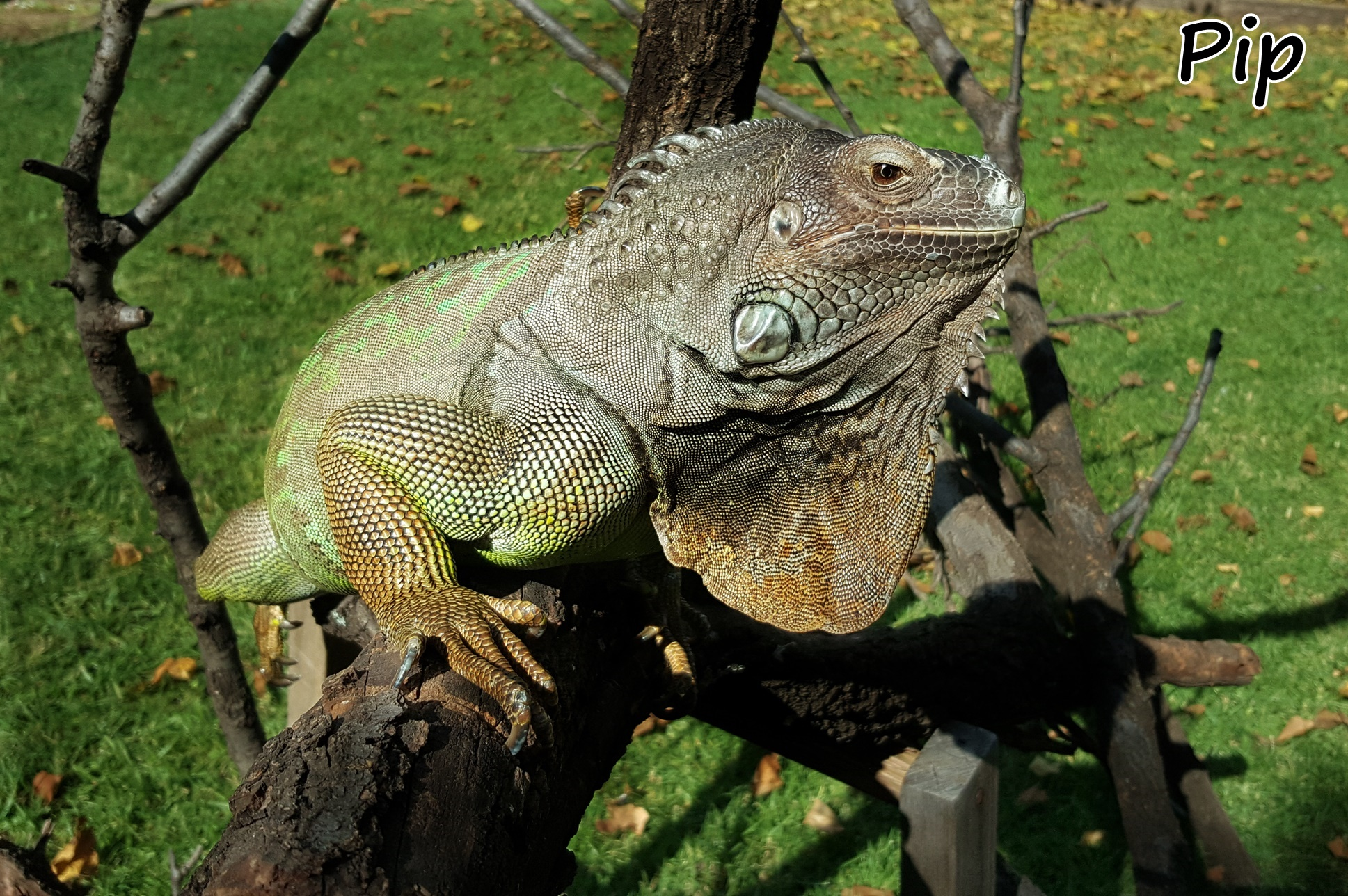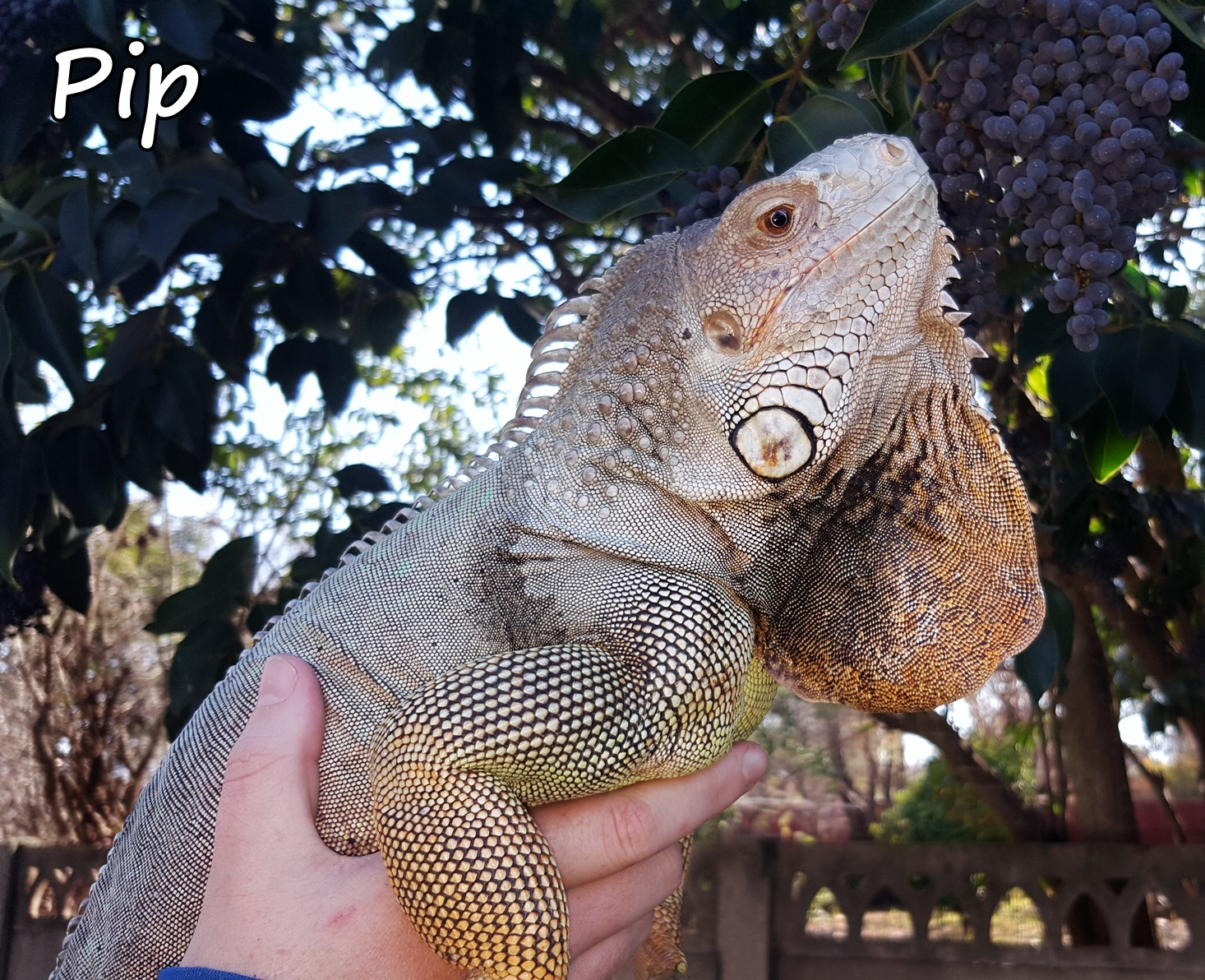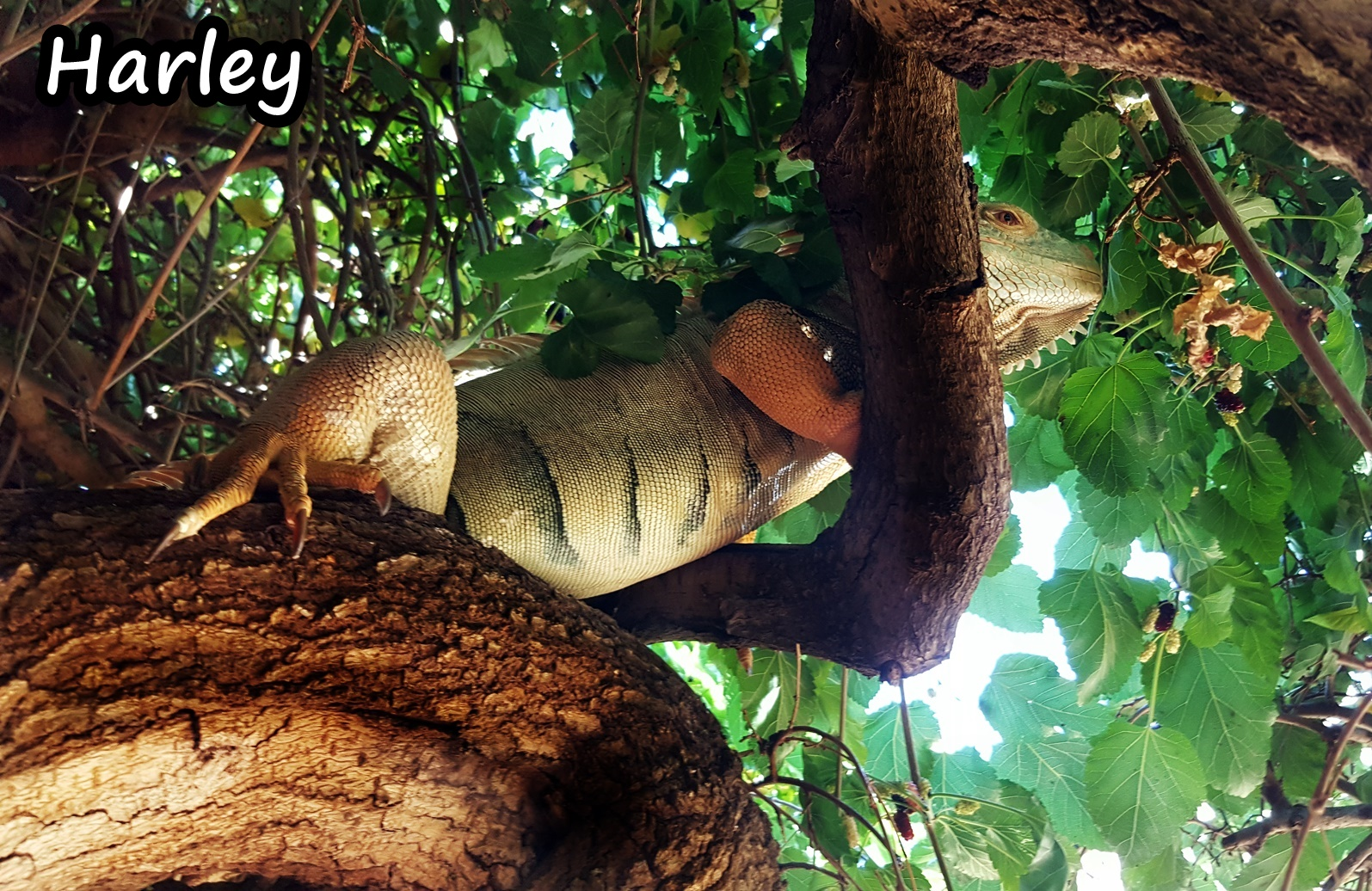Iguanas: What Are They?
Iguanas are large lizards that belong to the family Iguanidae. They are found in a variety of habitats, including rainforests, deserts, and even the sea.
There are many different species of iguanas, each with its own unique characteristics. Some of the most common species include the green iguana, the blue iguana, and the marine iguana.
Iguanas are herbivores, meaning they eat plants. Their diet consists of leaves, fruits, flowers, and other plant material. They are also good swimmers and can dive underwater to find food.
Iguanas are territorial animals and will fight other iguanas for territory. Males are especially aggressive and will often engage in battles with other males.
Iguanas are also arboreal, meaning they spend most of their time in trees. They are excellent climbers and can easily scale tall trees.
The green iguana is the most popular species of iguana as a pet. They are relatively easy to care for and can live for up to 20 years.
Here are some of the key characteristics of iguanas:
- They are large lizards that can grow up to 6 feet long.
- They have a green or brown body with a row of spines down their back.
- They have a dewlap, which is a flap of skin that hangs from their throat.
- They are herbivores and eat plants.
- They are territorial and will fight other iguanas for territory.
- They are arboreal and spend most of their time in trees.
Iguanas are fascinating creatures that make great pets. If you are thinking about getting an iguana, be sure to do your research to learn about their care requirements.

Here are some additional facts about iguanas:
- The largest species of iguana is the marine iguana, which can grow up to 6 feet long and weigh up to 50 pounds.
- Iguanas can swim and dive underwater.
- Some iguanas can change their color to blend in with their surroundings.
- Iguanas are popular pets, but they require special care.
Physical Attributes of the Green Iguana
Green iguanas are large lizards that can grow up to 7 feet long and weigh up to 8 kg. They are born with a length of 17-25 cm and can grow very fast, reaching their adult size in 4 years.
Green iguanas are green when they are adults, but their color can vary from brown to green when they are younger. Their color can also change depending on their mood, temperature, and health condition.
One of the trademark features of an iguana is its dewlap, which is a flap of skin located below the throat. The dewlap is more prominent in males than in females.
Green iguanas have eyes that are located on the sides of their head, like fish. They also have a third eye, which is a photosensory organ that is responsible for triggering hormone production for reproduction. The third eye is visible as a gray or white spot on the top of the iguana’s head.
Green iguanas are arboreal creatures, which means they spend most of their time in trees. They love to stay on top of trees, where they can hunt for food and get more sunlight. They also love water and will often stay on trees near a body of water.
Female green iguanas lay their eggs in burrows that they dig in the ground. The burrows are typically 45-100 cm deep and can contain 10-30 eggs. The incubation period lasts for 90-120 days, and the hatchlings use their special teeth called carbuncles to crack their eggs.
Green iguanas can live for up to 20 years in captivity, but they typically only live for 8-10 years in the wild. They require a diet of vegetables and fruits that are rich in phosphorus, calcium, and vitamin D. Bananas are a favorite food of green iguanas.
Here are some tips for keeping green iguanas as pets:
- Provide them with a large enclosure that is at least 7 feet long and 4 feet high.
- Fill the enclosure with branches and plants for them to climb on.
- Give them a heat lamp and a UVB lamp to provide them with the right temperature and light conditions.
- Feed them a diet of leaves, vegetables, and fruits that are rich in phosphorus, calcium, and vitamin D.
- Provide them with a water bowl that is large enough for them to soak in.
- Take them to the vet for regular checkups.
With proper care, green iguanas can make wonderful pets. They are intelligent and curious creatures that can provide years of companionship.

Baby Green Iguana Adaptations
Baby green iguanas have a number of amazing adaptations that help them survive in the wild.
Strong senses: Baby iguanas have a strong sense of hearing, sight, and smell. This helps them to detect predators and other threats.
Sharp tails: Baby iguanas’ tails are sharp and can be used as a defense mechanism. If a predator grabs the tail, the iguana can break it off and escape. The tail will eventually grow back.
Tough skin: Baby iguanas’ skin is tough and water-resistant. This helps to protect them from scratches and cuts.
Camouflage: Baby iguanas can change their skin color to camouflage themselves from predators. This is especially helpful when they are near water.
Excellent swimmers: Baby iguanas are excellent swimmers. This allows them to escape predators by jumping into the water.
Durable bones: Baby iguanas’ bones are very strong. This means that they can survive falls from heights of up to 40-50 feet.
These adaptations help baby green iguanas to survive in the wild and thrive. They are truly amazing creatures!
Some additional facts about baby green iguanas:
- They are born with their eyes open.
- They can eat solid food within a few days of hatching.
- They can live for up to 20 years in captivity.
Baby green iguanas are fascinating creatures. If you are ever lucky enough to see one in the wild, be sure to take a moment to appreciate their amazing adaptations.

Iguana Growth and Gender
Iguanas grow very quickly. In just two years, an iguana can grow five times its hatchling length and become one hundred times heavier. This rapid growth means that it is important for pet iguanas to have a proper diet, housing, and exposure to sunlight. If an iguana’s growth is slow, it may be due to improper care, which can lead to weaker bones and an increased risk of disease.
Determining Iguana Gender
There are a few physical characteristics that can help you determine the gender of an iguana. Male iguanas have larger femoral pores (pores located on the underside of their thighs) and a larger, more blocky head than females. They also tend to be more aggressive during courtship, while females are more shy.
Courtship and Egg-Laying
During courtship, male iguanas will erect the spines on their back and bob their heads. Females may also dig a hole in an area that receives plenty of sunlight and lay their eggs there. The eggs will then incubate in the warm ground and hatch all at once.
Iguanas are fascinating creatures that can grow to be quite large. With proper care, they can make wonderful pets. If you are considering getting an iguana as a pet, be sure to do your research to learn about their care requirements.
I hope this article has helped you learn more about iguanas. If you have any other questions, please feel free to ask.
